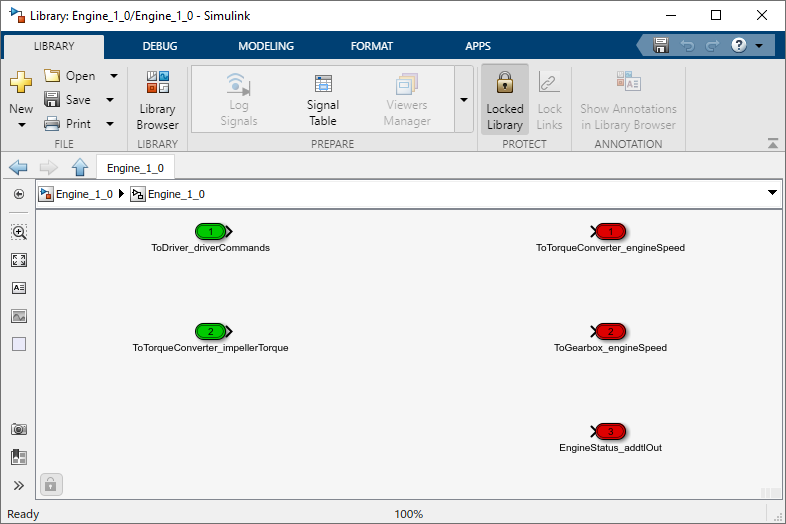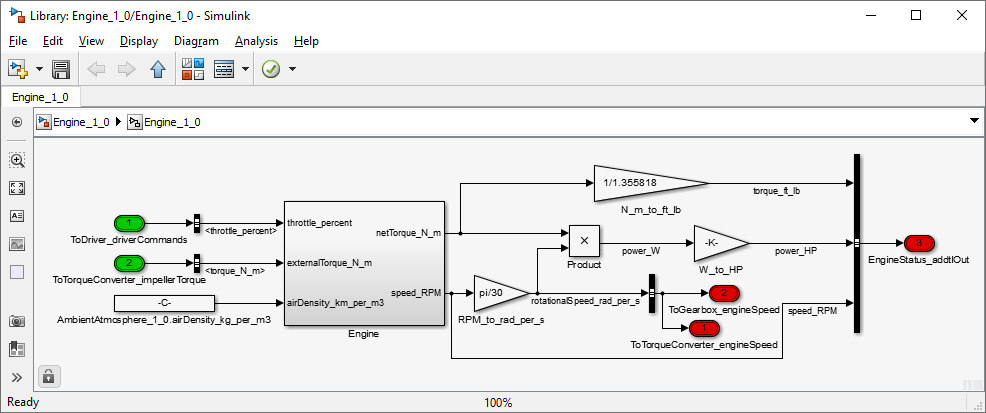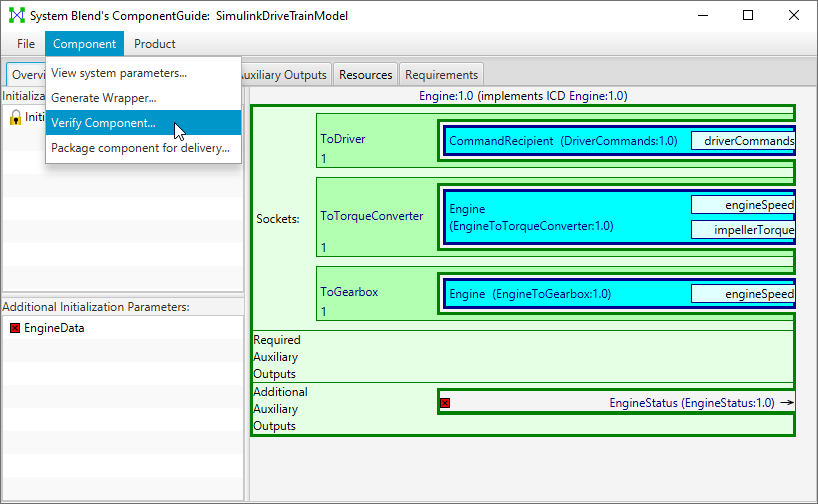ComponentGuide
Automatically generate skeletal models, define component parameters and resources, and verify ICD compliance.
ComponentGuide is second the element in the SystemBlend™ application suite and supports subsystem modelers during simulation development to ensure ICD compliance, reusability, and portability. ComponentGuide works equally well with your previously existing models and new models.
Generate Wrapper and User’s Guide

Automatically generate an empty Simulink model to guide model development. This wrapper conforms to specifications by your design group. ComponentGuide also automatically generates a user’s guide specific to your model to explain the model’s details.
Implement the Model

There is no learning curve to implement the model because it is ordinary Simulink development, outside of SystemBlend™.
Create a new component or wrap an existing component.
Challenges and ComponentGuide Solutions:
| Difficulty | Description | The SystemBlend™ solution |
|---|---|---|
| ICD Conformance | Misunderstanding ICDs is common in Simulink projects that are spread across multiple groups. When a developer misunderstands an ICD, there will be problems that result in considerable rework, schedule delays, costs, and overall project inefficiency later when attempting to incorporate the component into the simulation. |
ComponentGuide addresses this issue in two ways. First, an automatically generated wrapper to establish a clear, unambiguous starting point for all groups delivering components. Then, the app checks the component for conformance to the ICD to ensure analysts can integrate all components seamlessly. |
| Interpreting ICDs | Engineers building subsystem models can spend considerable time interpreting and fully understanding the design group’s ICDs. | ComponentGuide eliminates the learning curve by automatically generating a component wrapper that fully implements the ICD. The automatically generated user’s guide describes the wrapper and the model requirements in detail. |
| Managing Parameters | In defining a component, parameters such as initial conditions are sometimes overlooked, but they are just as crucial as the interfaces in that they are the “knobs” your analysts can turn to optimize the system performance. Unfortunately, parameters often are hidden in complex scripts, making them difficult to identify. | ComponentGuide presents parameters graphically in a uniform fashion, so that all users can find and manipulate them. |
| Setting Parameters | Simulation components often are delivered without any indication of valid values for parameters such as initial conditions, and in some cases, the range of valid values is unclear. That can stall projects as analysts seek support from the subsystem model developer. Further, in any project that includes a Monte Carlo analysis, the Monte Carlo variation on each parameter is required yet in most cases, the type and spread of a Monte Carlo variation are not obvious. | ComponentGuide requires that each subsystem model provides valid default values and Monte Carlo variations for all parameters. |
| Using System-Wide Parameters | Accessing parameters in an ad-hoc fashion results in wasted time for your analysts, and the values for parameters are not always clear. | Default values for system-wide parameters and their Monte Carlo variations are set by your design group. |
| Comprehensive Analysis Outputs | Simulations must output data for analyzing the system performance, separately and in addition to the data passed in the interfaces between components. Without an automated management framework, analysts must spend time finding and interpreting the data. |
The design database specifies analysis outputs needed from each component, and ComponentGuide requires the model developers to provide the output data. This ensures analysts will have the data needed to analyze the integrated simulation in a uniform fashion to increase clarity and save time. In addition, subsystem modelers may add other analysis outputs to suit their purposes. |
| Integration with Pre-Existing Components | You don’t want to waste the investment you have put into your team and your project just to use a new tool. |
ComponentGuide’s automatically generated wrapper can easily wrap an existing component, create a new component, or adapt a component from another group, allowing everyone to continue using the same tools and processes as before. The automatically generated user’s guide describes the details specific to the component. |
Take a brief tour of ComponentGuide:

